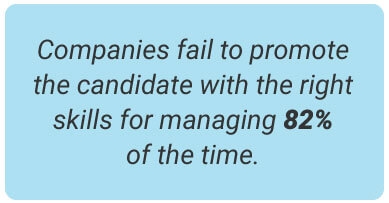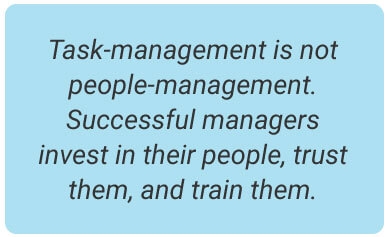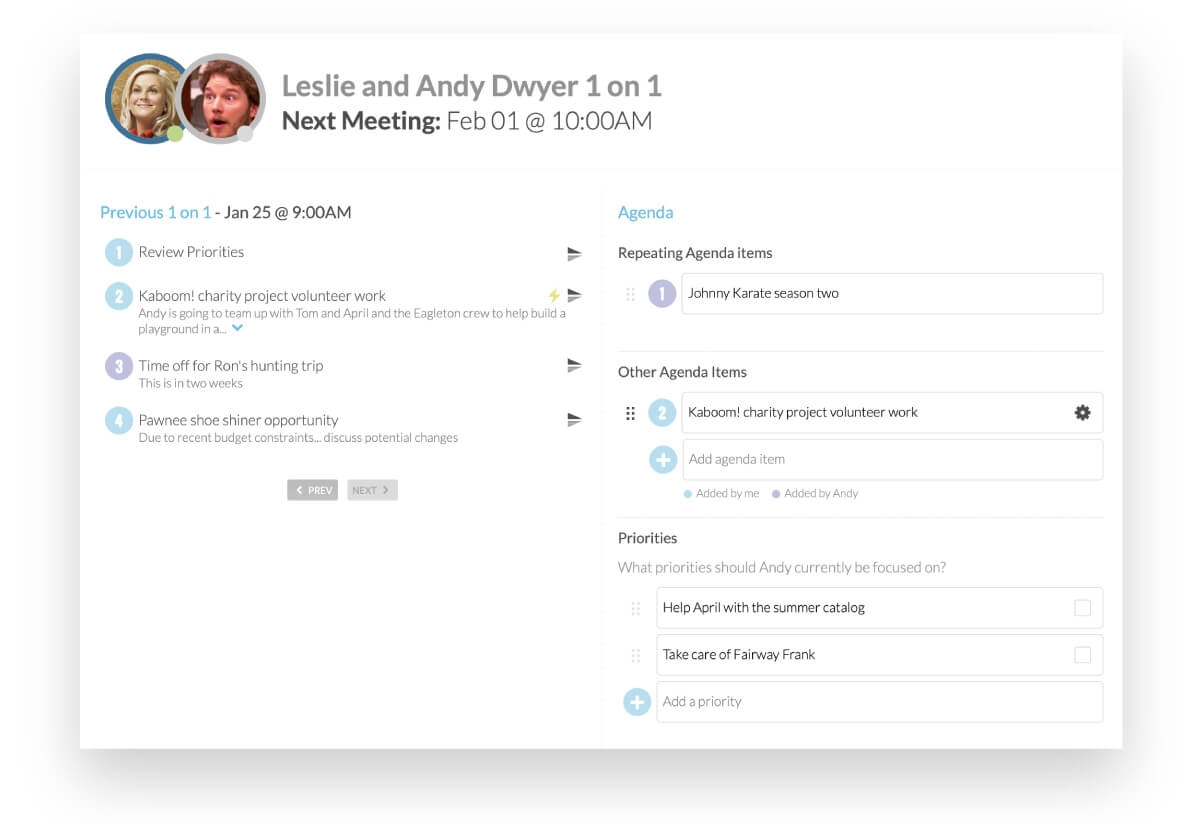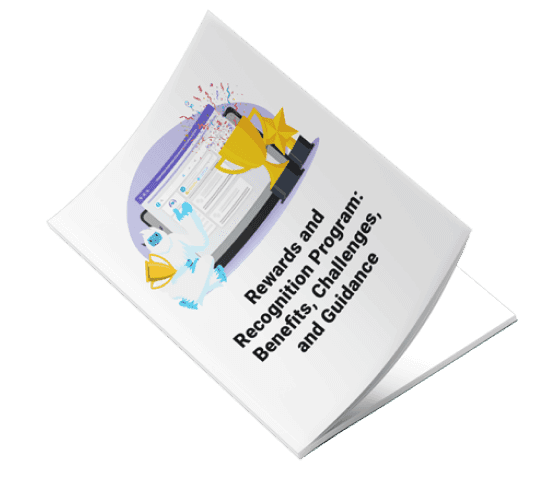
4 Ways to Reduce Turnover and Improve Employee Engagement
January 27, 2021
|
Carly MacLennan

1. We spell culture T-E-A-M
2. Teach your managers to coach


3. Consistency is key
4. Pay to recognize your employees or pay for their turnover
About the Author

Carly MacLennan is the Marketing Program Manager at Motivosity. She recently graduated with her MBA from Brigham Young University. Carly has a background in and a love for Marketing and the culture side of HR, specifically with employee experience and employee engagement. Carly was born and raised in Alberta, Canada but has since lived in Utah, Washington DC, and Northern California.
Learn More
Learn More






